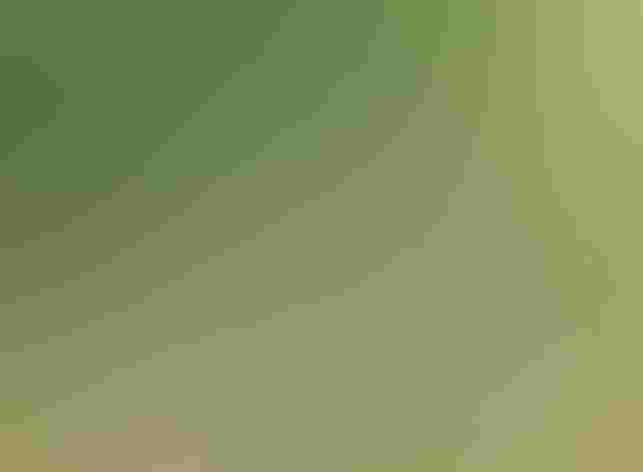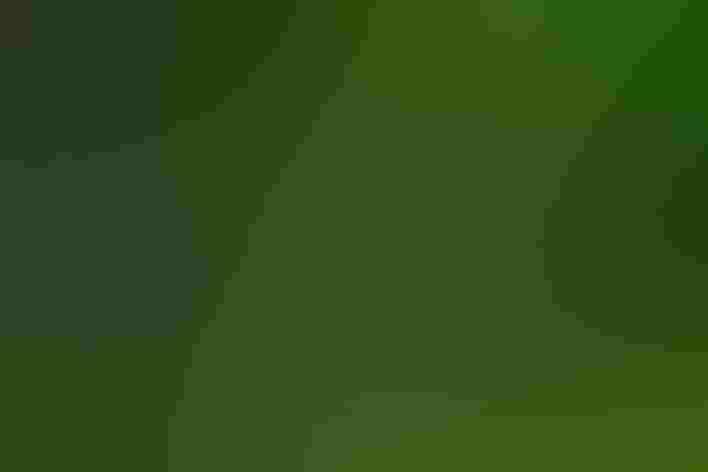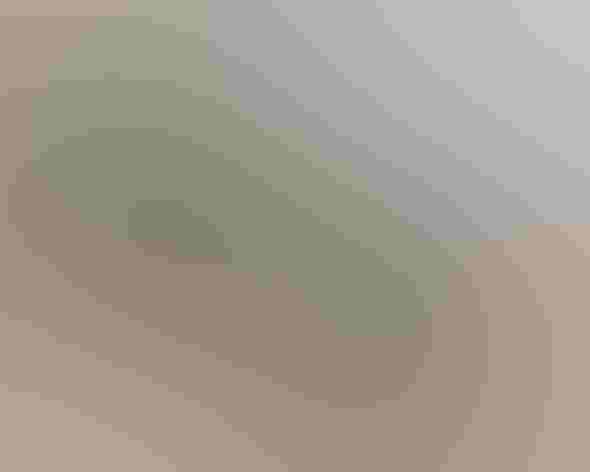Tree Swallow
At a Glance
The popularity of the bluebird has been a boon to the Tree Swallow, which nests in holes of exactly the same size, and has taken advantage of bluebird houses over much of North America. In regions with no such ready supply of artificial nest sites, the swallows must compete with other cavity-nesting birds, arriving early in spring to stake out territories. Unlike other swallows, Tree Swallows eat many berries (especially bayberries), allowing them to survive through wintry spells when other insect-eaters might starve.
All bird guide text and rangemaps adapted from Lives of North American Birds by Kenn Kaufman© 1996, used by permission of Houghton Mifflin Harcourt Publishing Company. All rights reserved.
Category
Swallow-like Birds, Swallows
IUCN Status
Least Concern
Habitat
Coasts and Shorelines, Desert and Arid Habitats, Freshwater Wetlands, High Mountains, Lakes, Ponds, and Rivers, Saltwater Wetlands, Tundra and Boreal Habitats, Urban and Suburban Habitats
Region
Alaska and The North, California, Eastern Canada, Florida, Great Lakes, Mid Atlantic, New England, Northwest, Plains, Rocky Mountains, Southeast, Southwest, Texas, Western Canada
Behavior
Direct Flight, Flap/Glide, Swooping
Population
19.000.000
Range & Identification
Migration & Range Maps
Migrates north relatively early in spring. Southward migration begins as early as July, peaks in early fall. Migrates by day, in flocks.
Description
5-6 1/4"(13-16 cm). Sharply bicolored, dark above, clean white below. Adults are glossy blue or green above, with dark cap down to level of eye. Juveniles dusky brown above, often have gray-brown wash across chest (Bank Swallow is much more sharply marked on chest).
Size
About the size of a Robin, About the size of a Sparrow
Color
Blue, Brown, Green, White
Wing Shape
Broad, Long, Pointed, Tapered
Tail Shape
Notched, Square-tipped
Songs and Calls
Cheerful series of liquid twitters.
Call Pattern
Flat, Undulating
Call Type
Buzz, Chirp/Chip, Trill, Whistle
Habitat
Open country near water, marshes, meadows, lakes. May breed in any kind of open or semi-open area that provides both nesting sites and a good supply of flying insects. Typically breeds close to water, as around ponds or marshes, but also nests away from water around meadows or brushy areas. In winter, mainly around marshes and near bayberry thickets along coast.
Sign up for Audubon's newsletter to learn more about birds like the Tree Swallow
Behavior
Eggs
4-7, sometimes 2-8. Very pale pink at first, fading to white. Incubation is by female only, usually 14-15 days.
Young
Both parents feed nestlings, and female broods them while they are small. Young usually leave the nest about 18-22 days after hatching.
Feeding Behavior
Forages mostly in flight, often low over water or fields. May pick items from surface of water while flying. Perches in bushes to eat berries, and sometimes feeds on ground, especially in cold weather.
Diet
Mostly insects, some berries. Diet is mostly insects, especially in summer. Feeds on many flies, beetles, winged ants, and others. Also eats some spiders, and will eat sand fleas (which are crustaceans). Unlike our other swallows, eats much vegetable material (up to 20% of annual diet, mostly eaten in winter). Bayberries are main plant food, also eats other berries and seeds.
Nesting
Male arrives on nesting territory before female; courtship involves male showing female potential nesting sites. Birds often choose new mates each year. Nest: Natural nest sites are in holes in dead trees, or in old sapsucker holes in live trees; also very frequently uses nest boxes. Sometimes in odd sites such as holes in buildings, old Cliff Swallow nests, or holes in ground. Nest (built mostly by female) is cup of grass, weeds, rootlets, moss, pine needles, other plant materials. Usually lined with many feathers (from other kinds of birds), mostly added after first eggs are laid.
Conservation
Conservation Status
Widespread and common, and population apparently increasing in many areas.
Climate Threats Facing the Tree Swallow
Choose a temperature scenario below to see which threats will affect this species as warming increases. The same climate change-driven threats that put birds at risk will affect other wildlife and people, too.











